Description
Haldu Plant (Haldina cordifolia)
Haldina cordifolia, commonly known as the Haldu tree or Indian Ash Tree, Yellow Teak, and Heart-leaved Moonseed, is a deciduous tree is native to regions across India, including the Western Ghats, Eastern Ghats, and some parts of Southeast Asia. It thrives in a variety of habitats and climates primarily found in these areas.
Features of Haldu Plant
- The Haldu plant is a deciduous tree of medium size, typically reaching heights of 20-25 meters.
- Characterized by its heart-shaped leaves, Haldu possesses an identifying feature in its foliage.
- The tree produces small, fragrant, yellow flowers, which enhance its visual appeal.
- The Haldu tree’s wood is highly prized for its durability and resistance to decay, rendering it valuable for furniture making and construction.
- Various parts of the Haldu plant, including the bark and leaves, find use in traditional medicine for their perceived anti-inflammatory, analgesic, and antimicrobial properties.
- Haldu holds cultural significance in India and frequently finds use in Hindu rituals and ceremonies.
Care of Haldina cordifolia plant
- Place: When planting, select a well-drained location with plenty of sunlight.
- Water: Consistent watering is essential for young trees to establish strong roots.
- Pruning: During the dormant season, prune the tree as necessary to maintain its shape and remove dead or diseased branches.
- Fertilizer: In spring, apply a slow-release, balanced fertilizer to promote healthy growth.
- Provide Support: Additionally, give young trees the support they need to grow straight and strong.
- Protect from Extreme Conditions: Furthermore, shield the tree from harsh weather conditions such as strong winds or heavy snow.
- Regularly Inspect: Lastly, periodically inspect the tree for signs of stress, disease, or pests, and address any issues promptly.




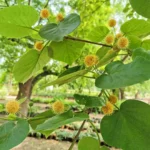
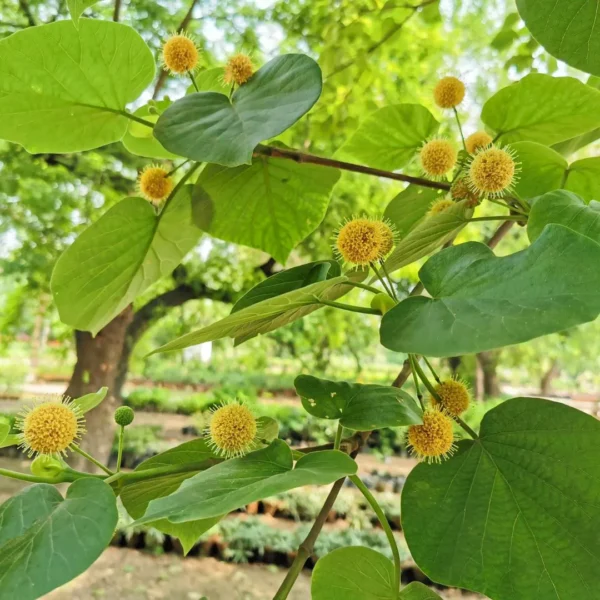
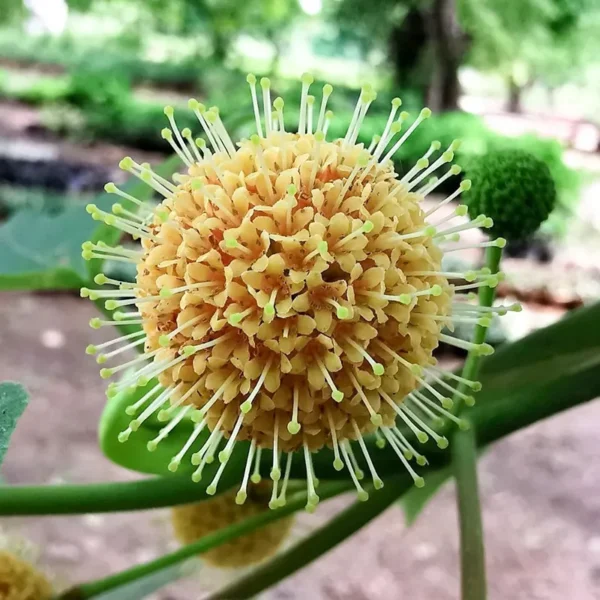

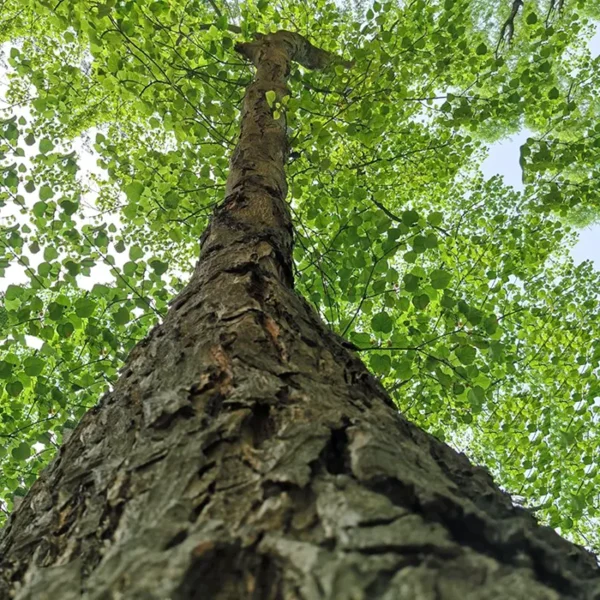



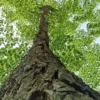

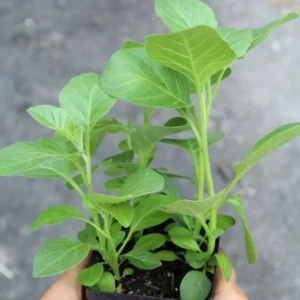
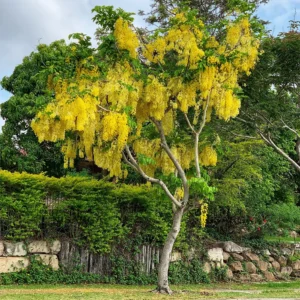
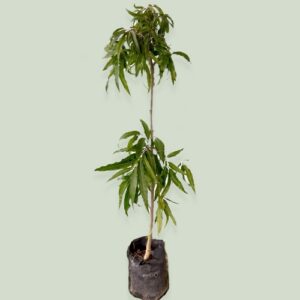
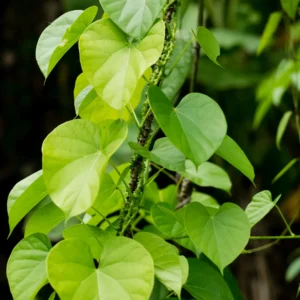

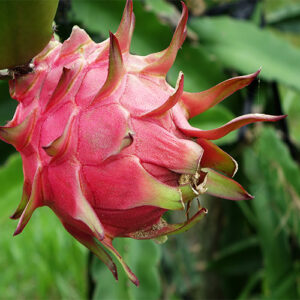

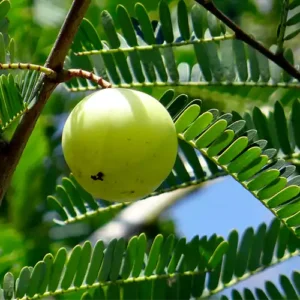
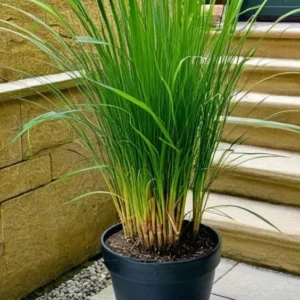
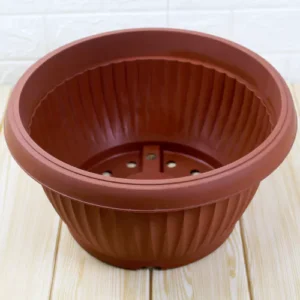
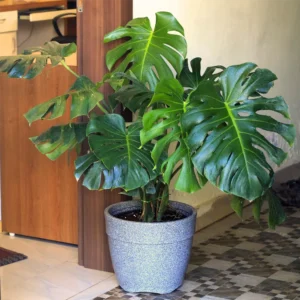
Reviews
There are no reviews yet.